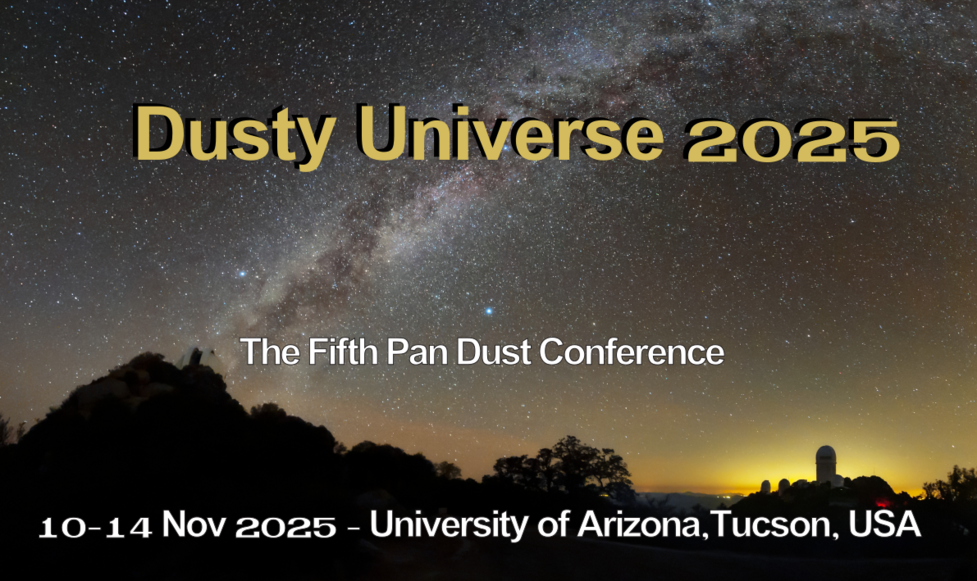Variations in the abundance and properties of interstellar dust have important implications for our ability to trace the chemical enrichment of the universe, stellar mass assembly, and profoundly affect galaxy evolution. UV spectroscopy toward massive stars, now with Hubble in local group galaxies, but expanding to the Local Volume in the future with the Habitable Worlds Observatory (HWO), can provide the large samples of dust depletion measurements needed to understand how the abundance and properties of interstellar dust vary within and between galaxies. Depletion measurements obtained in the Milky Way and Local Group with Hubble indicate a significant increase of the abundance of dust (and of the fraction of metals locked in dust) with gas density that is very likely due to dust growth in the ISM (with a density-dependent timescale), even in very low metallicity systems such as Sextans A (7% solar metallicity). There is indirect evidence that the composition of dust shifts from silicate-dominated at solar metallicity to carbon and iron-dominated at low metallicity. Furthermore, the fraction of metals locked in dust decreases with decreasing metallicity, by a factor of 4 from the Milky Way to Sextans A at log NH = 21 cm-2. This variation of the dust-to-metal ratio is predicted by chemical evolution models that include dust growth in the ISM, dust destruction by supernova shocks, and dust dilution by inflows of pristine gas. However, a tension still remains between dust-to-gas ratio measurements obtained from far-infrared emission in nearby galaxies and dust-to-gas ratio estimates from rest-frame UV spectroscopy in nearby galaxies and high-redshift neutral gas systems. HWO will be key to resolve this tension by exploring depletions, particularly of carbon and oxygen which carry the most massive reservoir of metals available for dust growth, in very low metallicity systems within the Local Volume.

|
|
|
|
Overview of dust depletion measurements in the Local Group
1 : Space Telescope Science Institute
|
 PDF version
PDF version
